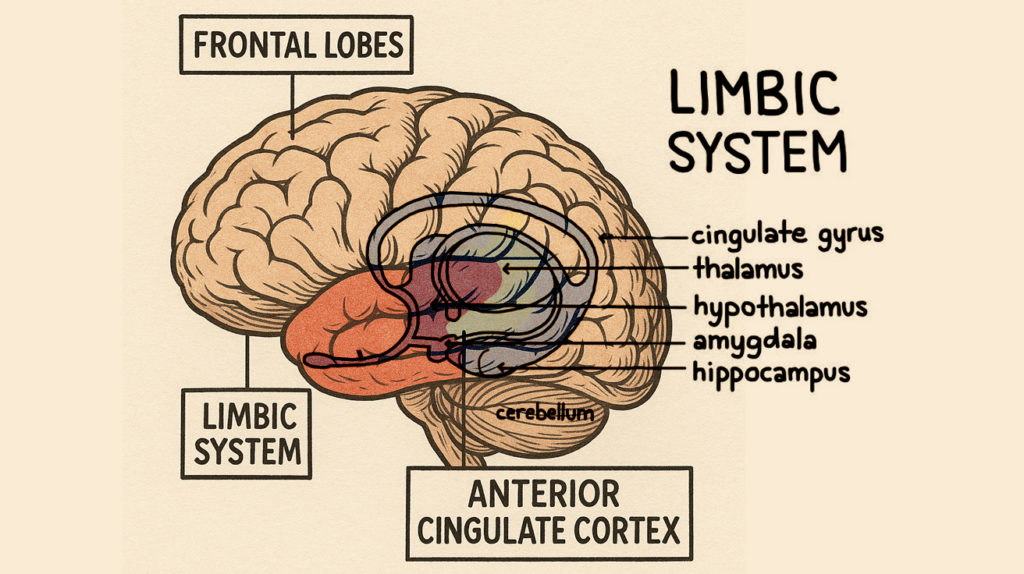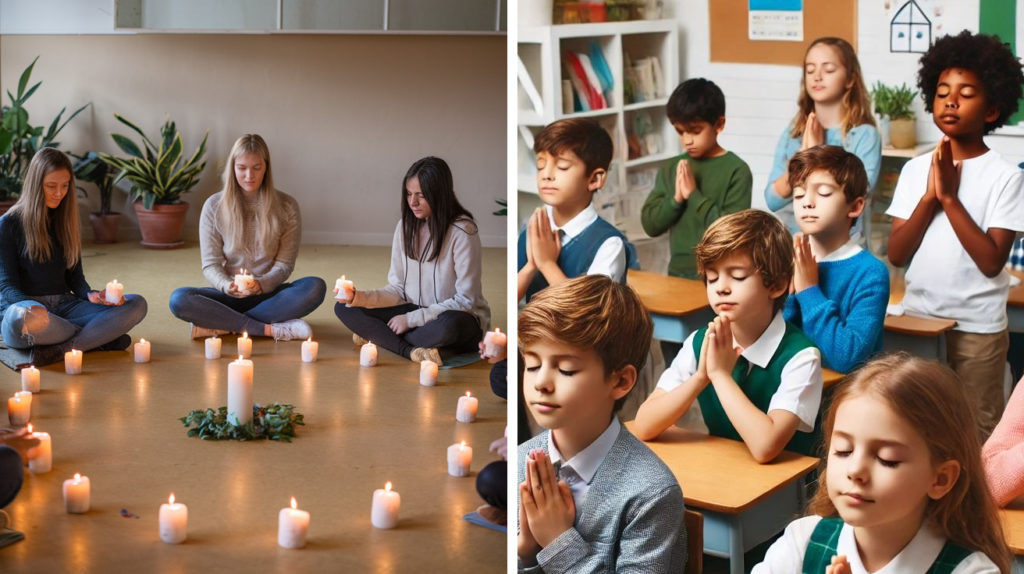
Many believe willpower alone builds discipline and habits. This overlooks a critical factor: emotions. People misconceive discipline by ignoring its emotional foundation. Marathon runners report that emotional connection sustains them through training, not just willpower. Like Tony Stark needing more than his suit—he needed emotional drive. Learning to manage these emotions could transform your approach. This knowledge shapes strong discipline and improves well-being. Understanding emotions unlocks self-mastery.
Discipline as an Emotion

Ever wondered why simple grit fails some people? The conventional view of discipline resembles a phone with no battery—right components but no power. Emotion fuels discipline, discovered through years aiding addiction patients. Recovery programs focus on emotional healing rather than enforcing rules. Addiction treatment highlights the emotional roots of behavior. Resolve—emotional commitment to a goal—forms the foundation of true discipline.
The Neuroscience of Emotion and Resolve

Neuroscience reveals emotion’s complexity. Negative emotions often localize to the amygdala while positive feelings use broader circuits. Resolve engages frontal lobes for planning, the limbic system for motivation, and the anterior cingulate cortex to assess progress. These regions harmonize for determination. Brain networks show resolve isn’t simple willpower but a complex interplay of cognitive and emotional systems. Visualization exercises engaging both planning centers and emotional circuits strengthen resolve more effectively than willpower alone.
The Power of Mindful Ritual

A well-known teaching story tells of students following a peculiar meditation ritual. After their teacher died, they continued blindly without understanding its purpose. Like the scene in “Everything Everywhere All At Once” with hot dog fingers—bizarre yet followed without question. Traditions become hollow practices without understanding their purpose. Insightful discipline needs emotional depth, not just obedience. Consider your own routines—are you blindly following habits without understanding why?
Doubt vs. Resolve

Struggling with indecision? Yogic teachings suggest doubt is discipline’s true enemy, while resolve is its antidote. They battle like Thor and Loki—one destructive, one constructive. Cultivating resolve, not forcing discipline, is key. In relationships, doubt erodes commitment while resolve strengthens it. Yogis develop unwavering emotional commitment instead of raw force. When doubt arises, they practice ‘So Hum’ meditation—inhaling with ‘So’ and exhaling with ‘Hum’—to reaffirm resolve.
Step 1 – Noticing the Feeling

Step one requires noticing resolve and capturing that feeling. Close your eyes to enhance awareness and identify this emotional experience. Resolve often manifests physically—perhaps as warmth in your chest, a forward lean, or deeper breathing. Track these markers to recognize your unique signature of resolve. This snapshot becomes fuel for willpower. Remembering that sensation strengthens future determination.
Step 2 – The Sankalpa Practice (Specific)

Sankalpa involves choosing a modest, specific resolve—like giving up ice cream for a period. Build resolve one small commitment at a time. Spend 5-10 minutes focusing on this resolve early each day, within 1-1.5 hours after waking. This window is ideal because your prefrontal cortex—responsible for intention-setting—is most receptive before being depleted by daily decisions. Regularly stoke this emotional fire.
Step 3 – The Sankalpa Practice (Global)

After 30 days, expand your approach with a broader sankalpa like “I deserve to be whole.” Level up from Karate Kid’s “wax on, wax off” to the crane kick. Spend 10-20 minutes daily cultivating this resolve, allowing emotions to surface. If you encounter resistance, try writing your sankalpa in a journal first, exploring its personal meaning before meditation. This deeper work builds unwavering self-belief.
The Role of Emotional Numbness

Emotional numbness blocks discipline and genuine resolve. Trying to build discipline while numb is like driving without gas. Numbing emotions, even negative ones, stifles positive sensations too. To counteract this, implement a ‘sensory reset’ by spending 5 minutes daily with a single focus—texture, flavor, or sound in your environment. Breaking free from numbness allows authentic resolve to develop.





















